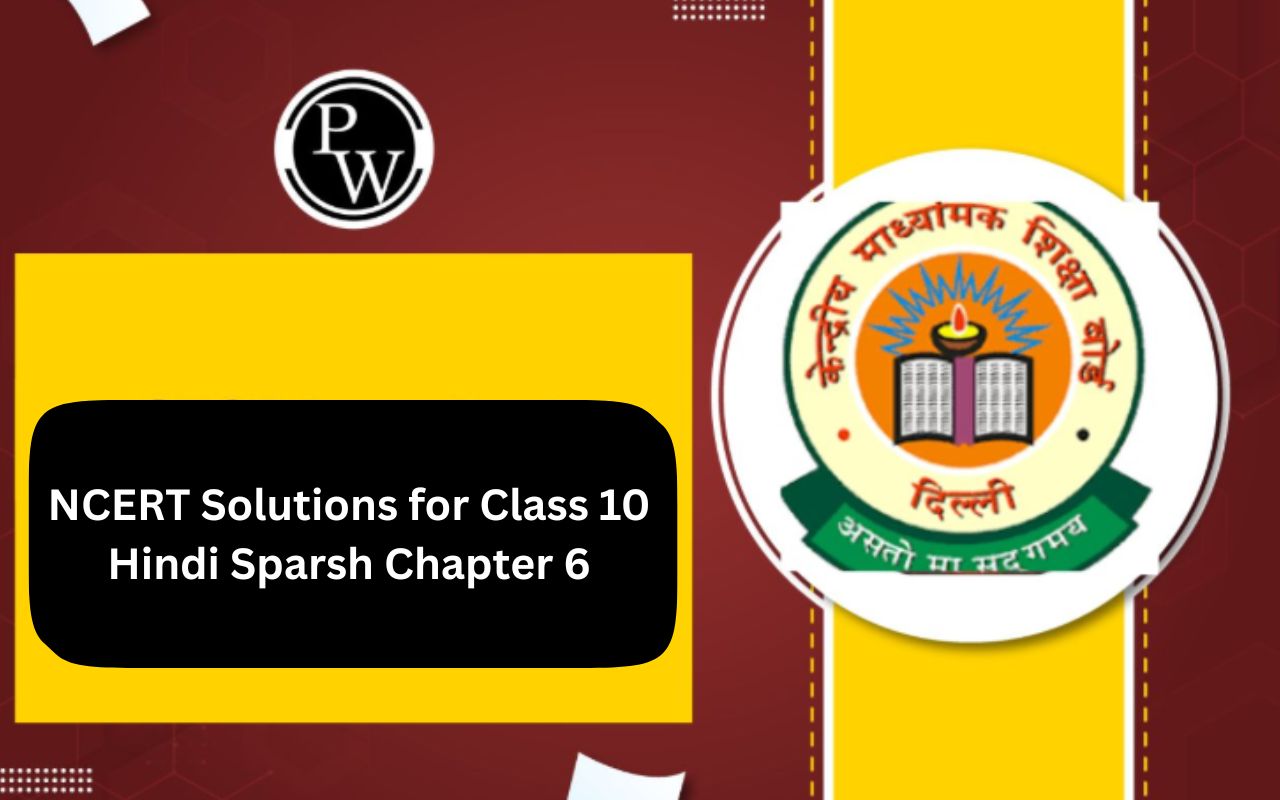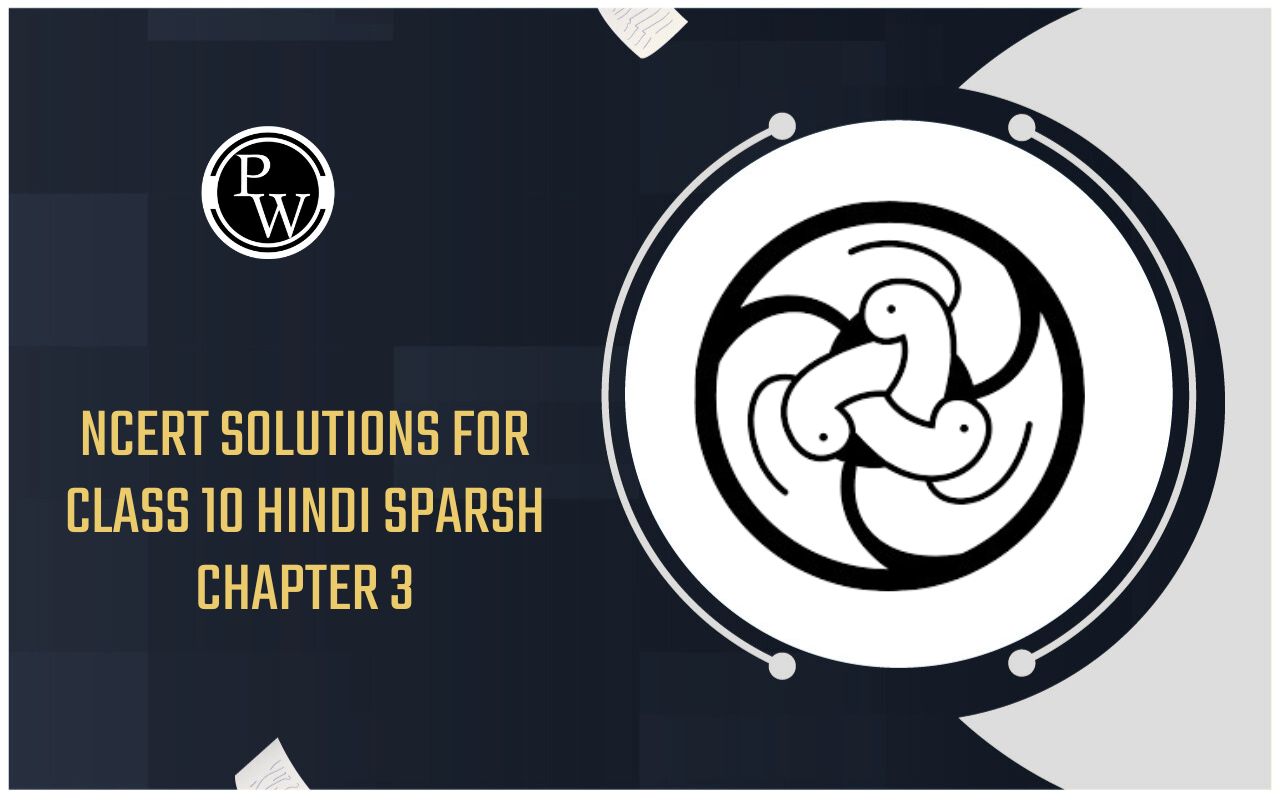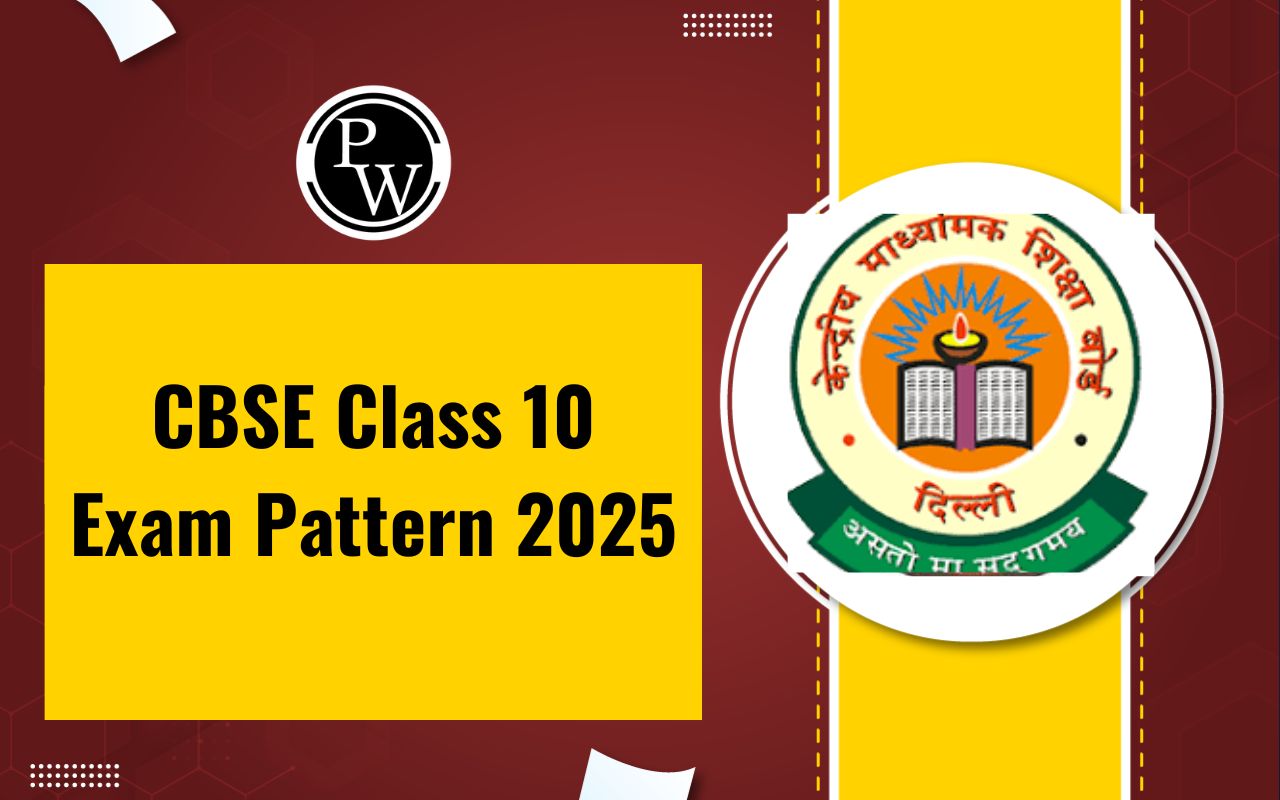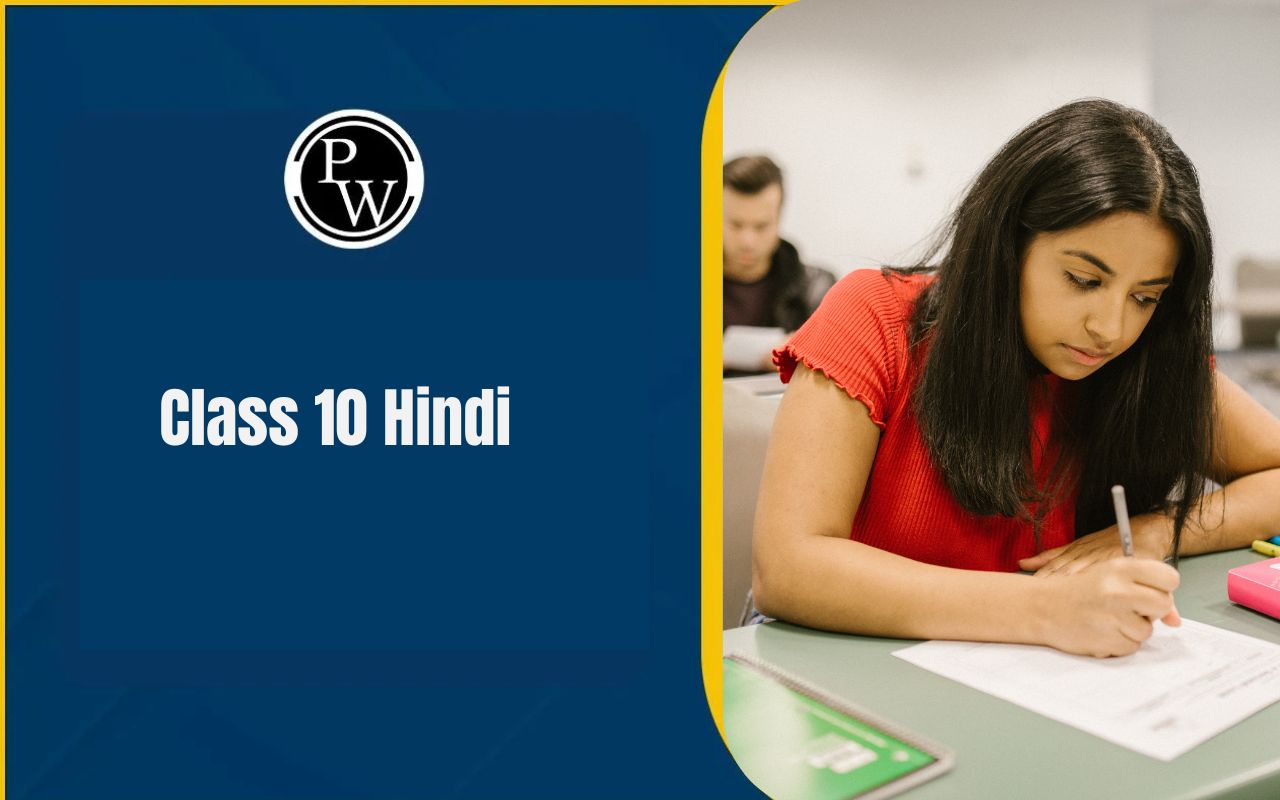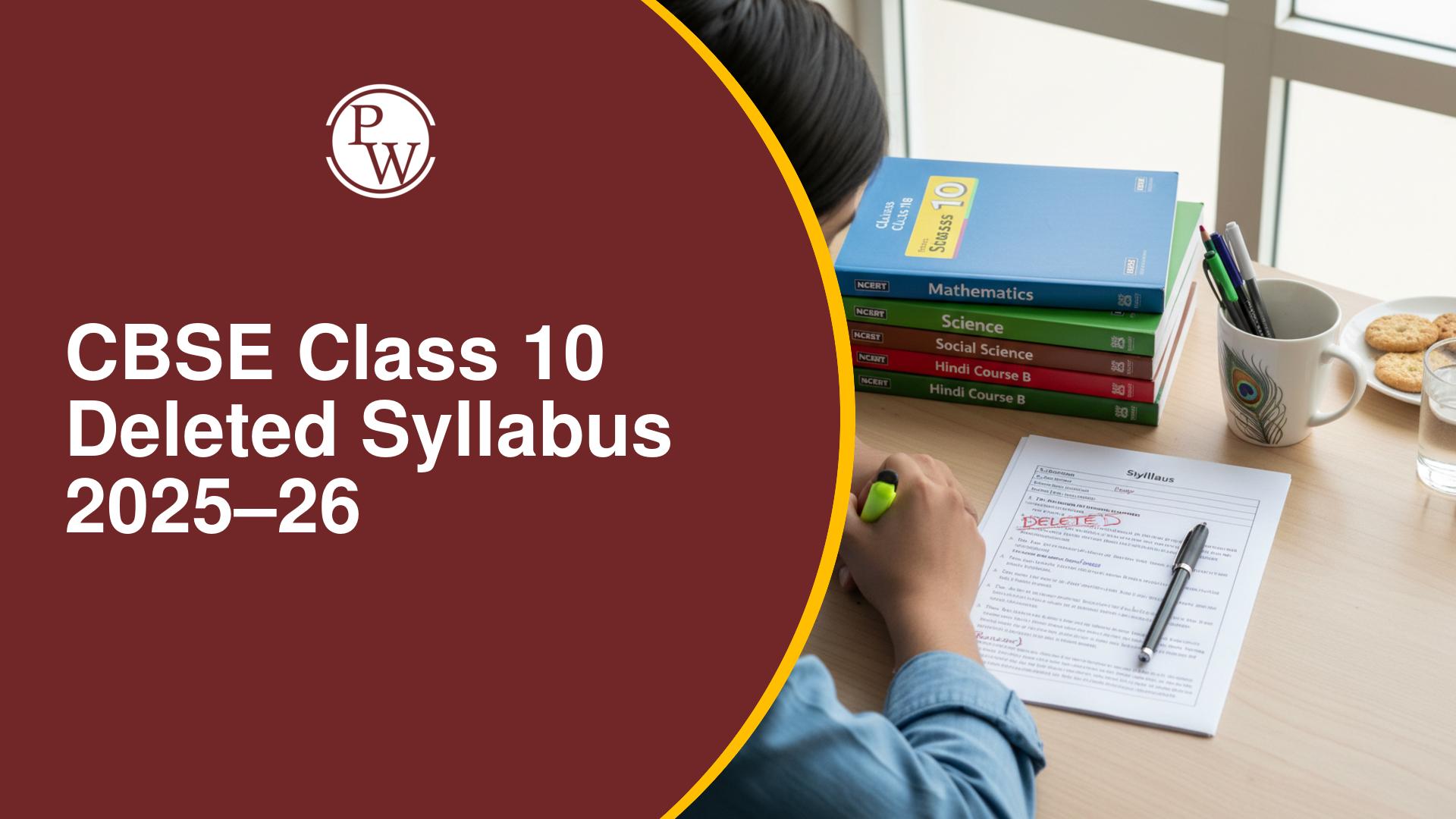
NCERT Solutions for Class 10 Social Science Civics Chapter 5: The 5 chapter of NCERT Solutions for Class 10 Civics teaches students about the tensions that arise from competing forces and demands that form democracy.
The answers to the exercise questions can be found in NCERT Solutions for Class 10 Civics Chapter 5 Popular Struggles and Movements. These are specific to board test students and are produced by knowledgeable teachers. Students who prepare with these solutions will undoubtedly pass the exam with flying colours.NCERT Solutions for Class 10 Social Science Civics Chapter 5 Overview
Democratic Politics-II, the fifth chapter of the NCERT Social Science Civics textbook, explains pressure groups and their function in Indian society. Students will gain knowledge about the global and Indian popular conflicts. This chapter's purpose is to introduce students to sectoral interest groups, which operate similarly to pressure groups. Pressure group politics in Indian politics are discussed, as well as well-known Indian movements such as the Assam students' movement.CBSE Class 10 Syllabus 2024-25
NCERT Solutions for Class 10 Social Science Civics Chapter 5 PDF
By clicking on the link, you can view the PDF of NCERT Solutions for Class 10 Social Science Civics Chapter 5. Students can improve their understanding of the ideas of Popular Struggles and movements by using this PDF, which includes thorough answers to all of the chapter's questions and exercises.NCERT Solutions for Class 10 Social Science Civics Chapter 5 PDF
NCERT Solutions for Class 10 Social Science Civics Chapter 5 Popular Struggles and Movements
Below are the NCERT Solutions for Class 10 Social Science Civics Chapter 5. These solutions provide detailed explanations and answers to the questions presented in the chapter.1. In what ways do pressure groups and movements exert influence on politics?
Answer.
Pressure groups and movements have the following effects on politics:- They make an effort to sway public policy.
- They win over the public's compassion and support for a cause.
- To get people together, they organise exhibitions, campaigns, and protests.
- Collectively, they influence a decision.
2. Describe the forms of relationships between pressure groups and political parties.
Answer.
Political parties and pressure organisations may have a variety of relationships:- Leaders of certain pressure groups may be political ministers. By joining a pressure group, ministers from one party could attempt to influence the policies of another.
- Political parties take involvement in labour unions and student unions as either hosts or by rallying support for these organisations to oppose their oppositional parties.
- In many situations, movements with a purpose might turn into pressure groups. One instance of a pressure organisation of this type is the Assam students' movement, which subsequently evolved into the Asom Gana Parishad.
- They converse and negotiate with each other in an indirect relationship as well.
3. Explain how the activities of pressure groups are useful in the functioning of a democratic government.
Answer.
The pressure groups' actions have the power to force the government to reconsider the laws and policies they have recommended for the nation. The pressure groups can bring about positive changes in the nation, contingent upon what they demand. Their actions, like as campaigns or demonstrations, might draw attention to the wrongdoings of the government that would otherwise go unreported. Political parties must act responsibly as a result of these pressure groups' ability to educate the public about governmental actions.4. What is a pressure group? Give a few examples.
Answer.
People can influence governments to pay attention to their requests or viewpoints in a variety of indirect ways. They could accomplish this by organising and carrying out initiatives to advance their causes or points of view. We refer to these as pressure organisations or interest groups. For instance, the All-India Trade Union Congress and the Bhartiya Kisan Union are two farmers' organisations.5. What is the difference between a pressure group and a political party?
Answer.
| Pressure Group | Political Party |
| Organised or unorganised | Organised |
| Participation is open to all | Participation is through a set norm |
| The cause is to fight against a common purpose | Their role is to form a government |
| They don’t contest elections | They contest elections |
| All participants have the same ideology | Ministers can have different ideologies |
6. Organisations that undertake activities to promote the interests of specific social sections, such as workers, employees, teachers, and lawyers, are called _____________________ groups.
Answer.
Sectional interest groups are organisations that strive to advance the interests of particular social groupings, such as labourers, employees, teachers, and attorneys.7. Match List-I with List-II and select the correct answer using the codes given below the lists.
| List-I | List-I | List-II |
| 1. | Pressure group | A. Narmada Bachao Andolan |
| 2. | Long-term movement | B. Asom Gana Parishad |
| 3. | Single issue movement | C. Women’s movement |
| 4. | Political party | D. Fertiliser dealers’ association |
| 1 | 2 | 3 | 4 | |
| (a) | D | C | A | B |
| (b) | B | A | D | C |
| (c) | C | D | B | A |
| (d) | B | D | C | A |
Answer.
| 1 | 2 | 3 | 4 | |
| (a) | D | C | A | B |
Benefits of NCERT Solutions for Class 10 Social Science Civics Chapter 5
You can prepare the chapter quickly by following the NCERT Solutions for Class 10 Social Science Civics Chapter 5. You'll be able to comprehend how to formulate the responses to improve your exam scores. The best professors have designed the Class 10 Civics Chapter 5 NCERT Solutions in plain language so that all students may get the answers.|
NCERT Solutions for Class 10 Social Science Political Science |
| Chapter 1 : Power-sharing |
| Chapter 2 : Federalism |
| Chapter 3 : Democracy and Diversity |
| Chapter 4 : Gender, religion, and caste |
| Chapter 5 : Popular Struggles and movements |
| Chapter 6 : Political parties |
| Chapter 7: Outcomes of democracy |
| Chapter 8: Challenges to democracy |
NCERT Solutions for Class 10 Social Science Civics Chapter 5 FAQs
What is the name of Chapter 5 in Class 10 civics?
How do different organizations play their role in a democratic system class 10?
What do you mean by pressure groups or interest groups Class 10?


